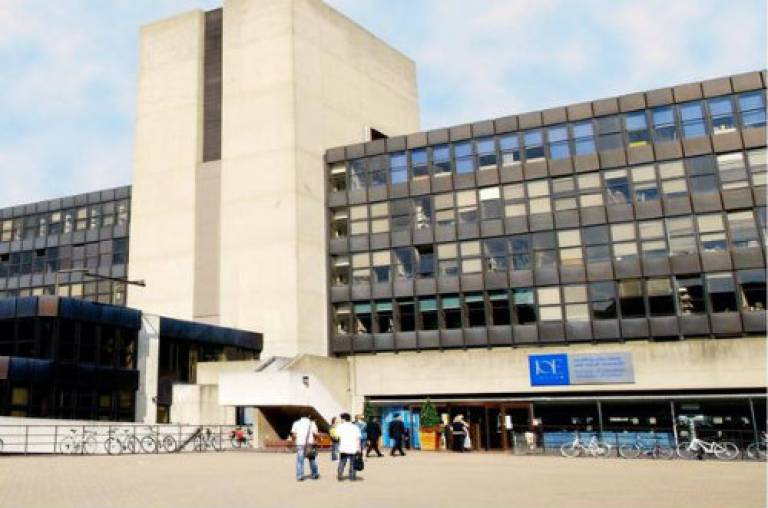Bridging levels of students’ knowledge and experience
Dr Claire Robins shares how the MA Art and Design in Education course within the IOE, UCL's Faculty of Education and Society accommodates the increasing diversity of UK and international learners.

11 August 2015
This programme is designed for artists and art and design educators working across formal sectors, primary to Higher Education (HE) and in alternative educational sites, such as galleries and museums.
Students investigate and debate issues in art and design education through taking a combination of required and recommended modules.
The programme has been running since the 1980s and was initially aimed at art teachers in secondary schools in the UK, but it has increasingly attracted international students across regions.
The current proportion of international students is about 30% (20% from EU and 10% from non-EU) and will increase in the coming year.
Good practice
Bridging a gap between different levels of students’ knowledge and experience
As the number of international students increases, students’ prior knowledge, skills and learning experiences become more diverse.
For example, some international students have quite limited experience of art and design, but are interested in harnessing the creative potential of art for learning and teaching in their home countries.
This is particularly the case in China and Taiwan where, for economic reasons, creativity is currently emphasised in educational practices. In contradistinction there are also students who have sophisticated knowledge and professional practice as artists and designers but less experience as educators and the programme leader is trying to bridge the gap between their different backgrounds by giving them opportunities, such as small group and seminar work.
At an early stage in the progranmme students share their experiences and identify issues across diverse cultural contexts. Visits to sites for learning about art, such as galleries and museums also enable profitable discussions, for example a visit to a contemporary Chinese art exhibition last year allowed a Chinese student to introduce others to the cultural and philosophical underpinning of Chinese arts.
These activities help all students investigate global art and design and catch up with those with different prior experience.
Creating a collegiate environment
When learning and teaching in art and design emphasises ideas of ‘creativity’ and ‘criticality’ it can be challenging for some international students, particularly Asian students who are used to different teaching methods.
The way that we typically teach art and design in the UK is often quite different from the ways in which these subjects are taught in their home countries; there the teaching style is often more didactic. We emphasise process and not so much predetermined product.
Therefore, some international students struggle when they are asked to engage with making art work as a potential research methodology. They tend to feel uneasy or uncomfortable when such processes involve risk as well as freedom and autonomy. The programme tutors are trying to offer opportunities, such as self-organised events and learning/buddy groups, for students to foster a collegiate environment.
The idea is to promote greater interaction with peers who have experience as artists or entrepreneurial design practitioners so as to promote greater confidence for international students in developing their own ways to demonstrate creativity and criticality.
Challenges
Rescheduling the timetable for full-time international students
As the number of international full-time students increases, it might be necessary to reschedule the timetable of the programme that has traditionally been designed for part-time home students – its sessions usually take place in the evening or the daytime during school holidays.
It will be a challenge to make the timetable suitable for both full- and part-time students while maintaining the current level of interaction between international and home students.
 Close
Close

